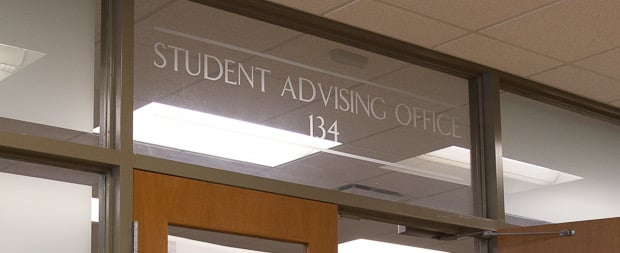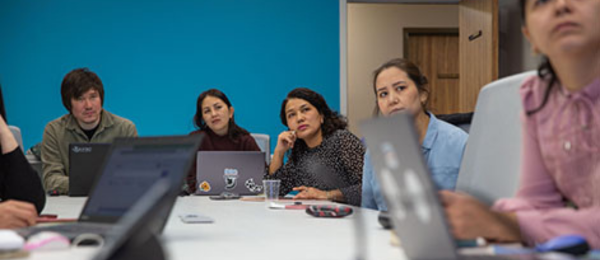Sensorimotor Development Lab (SDLab)
Contact Us
Phone: 517-353-5395
Address: 308 W. Circle Dr. Room 21, East Lansing, MI 48824
In the Sensorimotor Development Lab, our focus is in the area of motor development throughout the lifespan, specifically in the context of how infants and young children learn to interact with the surrounding environment. We predominantly study reaching and grasping — with an emphasis on how new behaviors and movement patterns emerge out of previous ones. Our research integrates the study of both perception and action by using kinematic analysis, biofeedback, and qualitative analysis. Our overall research goal is to understand the acquisition of fundamental motor skills and explore how these findings integrate with theories of motor learning and rehabilitation.
Come participate in one of our studies!
Parents, if you are interested in participating in our studies with your child, please call us at 517-353-4652, or fill out the participation form and we will be in touch!




